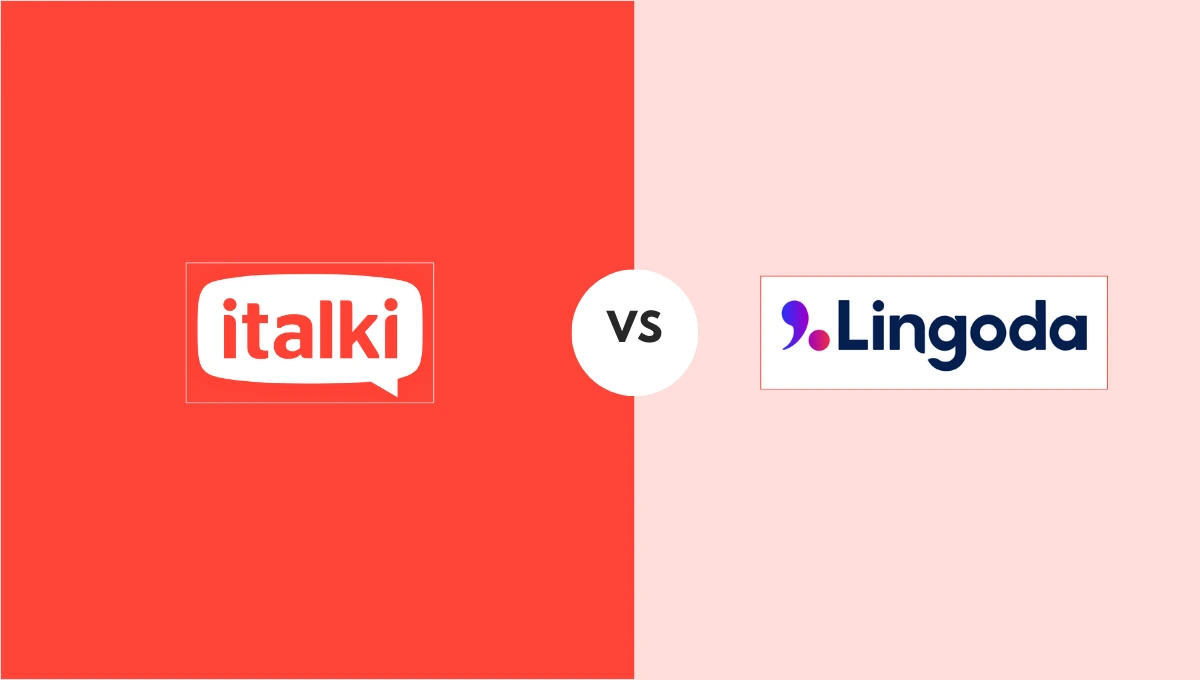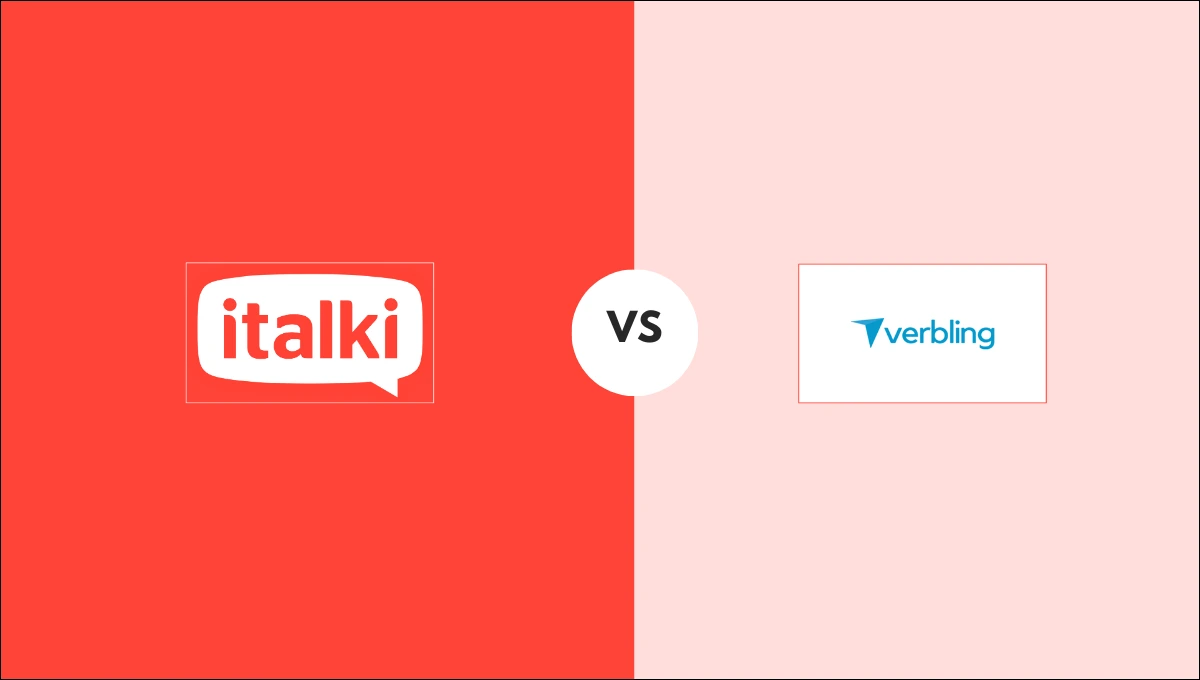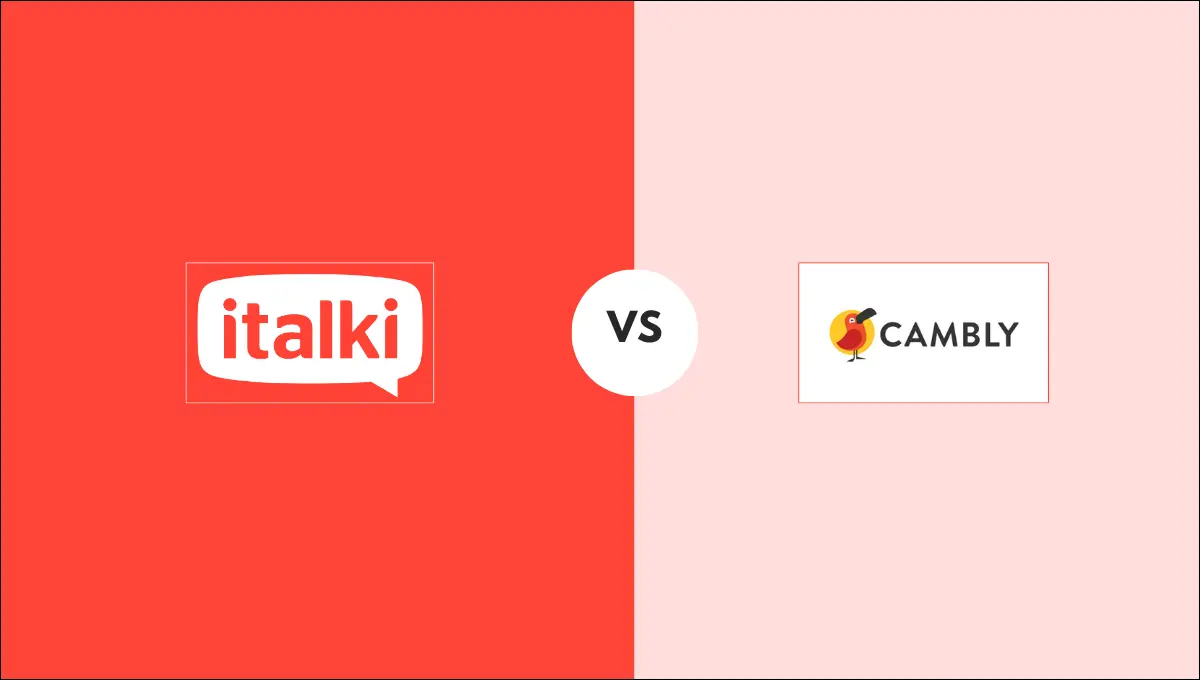All the conversations start with ‘hello’, right? There are numerous alternatives to say ‘hello’ in German, ranging from a simple hallo to a friendly alles klar to a regional “hello” such as servus or na. All you need to do is to come up with the right phrase for the right situation.
In this article, we will teach you several common and useful German greetings. By the end, you will know everything there is to know about saying “hello” in German in any situation.
Before we get started, if you are looking for a course to learn German online, we recommend you to visit italki. With italki German tutor, you can learn German with fascinating and practical instructional strategies. Book your lessons online by visiting the website and become a fluent German speaker within a few months.

Find Your Perfect Teacher
At italki, you can find your German tutor from all qualified and experienced teachers. Now experience the excellent language learning journey!
Book a trial lesson
Now let’s explore some ways to say ‘hello’ in German ranging from formal to informal situations.
Different ways to say hello in German
Hallo – “Hello”
This is the most basic way of saying “hello” in German. It’s a welcoming, all-purpose greeting that can be used in almost any situation, formal or casual.
Guten Tag – “Good day”
Guten Tag is the most commonly used German greeting among English speakers. It’s a slightly formal phrase.
Guten means “good”. You can just add the appropriate word for the time of day:
– Before midday: say guten Morgen (good morning)
– Midday until approximately 6pm: say guten Tag (good day)
– 6 pm until bedtime: say guten Abend (good evening)
Alles klar – “All clear”
If you want to become fluent in German, try expanding your vocabulary list by memorizing alternate words. If you live or travel in Germany, you will constantly hear people say alles klar. “Everything (is) clear!” It can be used as a question (alles klar? ), a statement, or just to fill in the blanks. What matters here is that it is also used as a greeting, particularly by young people.
In German, greeting someone with “alles klar?” is equivalent to greeting someone with “what’s up?” in English. Answering alles klar? with a simple ja, which means “yes,” is the best way. You could also reply with “Ja, alles klar, danke, meaning “Yes, everything is good thanks.
Was ist los? – “What’s up?”
The adjective los roughly means “separate” or “free”. Asking was ist los? is equivalent to asking, “What’s up?” or “what’s the deal?” , which is equivalent to greeting someone with alles klar?
What is confusing is that was ist los? can also mean “what’s the matter?” implying that you notice something strange or wrong. However, it is usually clear from the context and tone of voice which meaning of was ist los? is being used.
It’s similar to how some English speakers, greet others with “are you alright?” (or simply “alright?”). “Are you okay?” can be both a genuine question and a sign of concern, depending on the context. However, when used as a greeting, it is unlikely that a thoughtful response is required.
If you want to learn German yourself, you can look for different German content available online and assess the tone and context where particular phrases are used. It will help you structure your sentence with the right choice of words.
Wie geht es dir? – “How’s it going?”
“How does it go to you?” is the literal translation of this important German phrase. You can probably guess a better translation: this is a common German way of saying “how are you?”
It is informal to use dir. In a more formal setting, you should probably say, wie geht es Ihnen? When addressing a group informally, say Wie geht es euch? The phrase is frequently abbreviated to wie geht’s? Gut, danke – “good, thanks” – is the simplest response.
Grüß Gott! – “God bless you”
There is a great deal of linguistic and cultural diversity within and between German-speaking countries. Not every greeting is used equally throughout the German sphere. So, for the next few items on this list, we will take a look at some regional greetings.
Grüß Gott is primarily used in Bavaria (south-eastern Germany) and Austria. Literally, it means something like “greetings (from) God”. “God bless you” is a better, less literal translation. It’s a very formal way of greeting someone.
Grüß dich!, which translates as “greetings to you!” is also used in Bavaria. This is less formal, but it is more commonly used by the older generation than the younger.
Servus – “At your service”
Servus is Latin for “servant,” and the phrase “at your service” inspired its use as a greeting. Servus, like Grüß Gott, is mostly used in Bavaria and Austria. It can also be used to bid farewell.
Moin! – “Hi!”
In northern Germany, particularly in and around Hamburg, moin is a common greeting. People will sometimes double it up: moin moin!
The meaning of the word “moin” is unknown. Many think that it comes from a regional pronunciation of Morgen (“morning”), but it is possible that it also comes from a Low German word meaning “good”. Whatever the truth is, you can use moin at all times of day.
Na – “Hi, how are you? Fine thanks, how are you?”
Another regional German greeting is na. It is more common in the north, and people from Southern Germany, Austria, and Switzerland often have difficulty with it.
There is no straightforward way to translate na into English. It’s easiest to explain with an example: when two (northern) Germans meet, one may say “na,” to which the other responds “na,” and the conversation begins. It’s like saying “hey,” “how are you?” and “fine, thanks” all in one versatile syllable. After all, the Germans are known for their efficiency.
These were some of the interesting ways to say hello in German. Now, let’s explore how to say goodbye in German.
Ciao – “Bye”
Ciao is Italian in origin, but it’s common in Germany, as it is in many other parts of Europe.
Auf Wiedersehen – “See you again”
Wieder means “again,” and sehen means “to look at”. So auf wiedersehen essentially means “when we see each other again!”
While this is a well-known phrase that every German will recognize, it sounds very formal and a little old-fashioned.
Bis bald – “See you soon”
This literally means “until soon”. So it’s like saying “see you soon!” It is a friendly, informal way of saying goodbye.
Frequently asked questions
Q. What should I say instead of Good Day?
A. In standard German to say “Good day” we will rely on “Guten Tag”, commonly used in particular in the Thüringen region, or we will say “Guten Morgen” to say “Good morning!”. These, along with the general “Hello,” are the most common expressions across all German-speaking territories.
Q. Why do Germans say Grüß Gott?
A. Grüß Gott is an abbreviation for “Grüß dich Gott,” which means “God bless you” in German. The phrase is more religious than “Guten Tag,” and it is appropriate for Germany’s most religious and Roman Catholic region.
Q. Is Grüß dich formal?
This is a fairly universal, informal way of greeting people who are friendly with you but not necessarily your friends or close friends, and who are open to becoming your friends.
Conclusion
Learning different ways to say hello in German will help you hold different formal and informal conversations. If you don’t live in a German-speaking country, German pronunciation can be difficult to master. But, if you enroll yourself to italki, you can be a fluent German speaker with a natural flow of words.
Stop wondering that is German easy or difficult, start learning it according to your learning goals and objectives. With italki, you can learn German with practical topics, hands-on exercises, and real-life conversations with native teachers.
Want to learn a language at italki?
Here are the best resources for you!



















